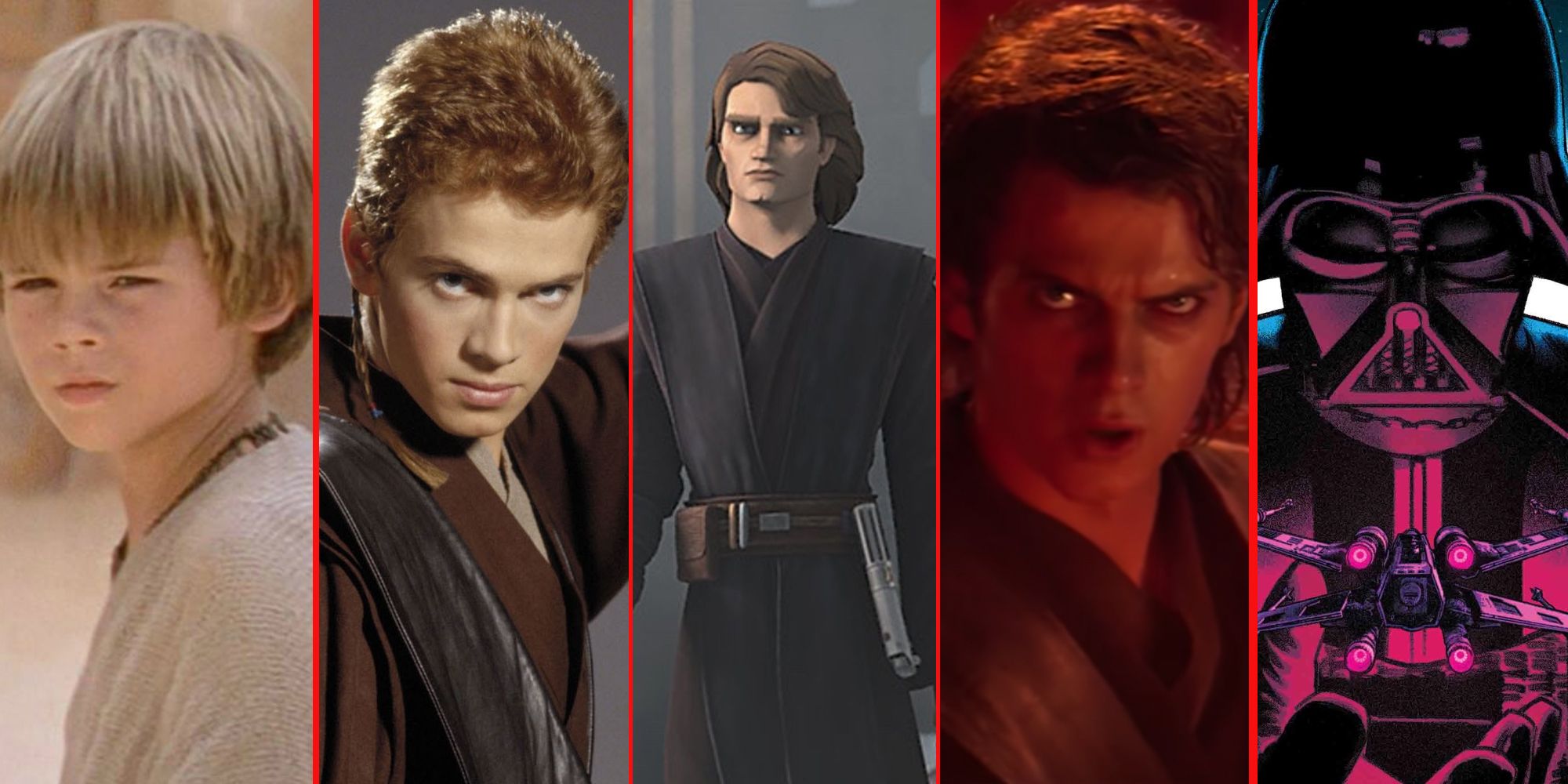
Darth Vader is the most iconic villain of the Star Wars saga with a long and complicated history; here is his entire timeline. In 1977, viewers were introduced to a galaxy far, far away and to the evil forces that stalked it. Darth Vader immediately became a cultural icon, known for his looming presence and the sinister rasp of his breathing.
Even George Lucas could not have imagined how influential Darth Vader would become. The visionary at the heart of Star Wars gradually shifted his focus, declaring the entire saga to be the story of Anakin Skywalker. Anakin's downfall was explored in the prequel trilogy, his redemption capped off the original trilogy, and the sequel trilogy should properly be understood as his legacy. Meanwhile, the incessant expansion of the Star Wars transmedia franchise means Vader has been developed into a phenomenally well-rounded character. Almost every aspect of his life has been explored in some level of detail: his childhood, his apprenticeship to Obi-Wan Kenobi, his heroism in the Clone Wars, and his sinister work as the Emperor's right-hand-man.
In the Disney era, Lucasfilm consider all their various mediums to be equally canon. Thus the story of Darth Vader is told in movies, comics, TV shows, games, and even on the back of trading cards. Here's a complete timeline for the Dark Lord of the Sith, incorporating everything that's been revealed to date.
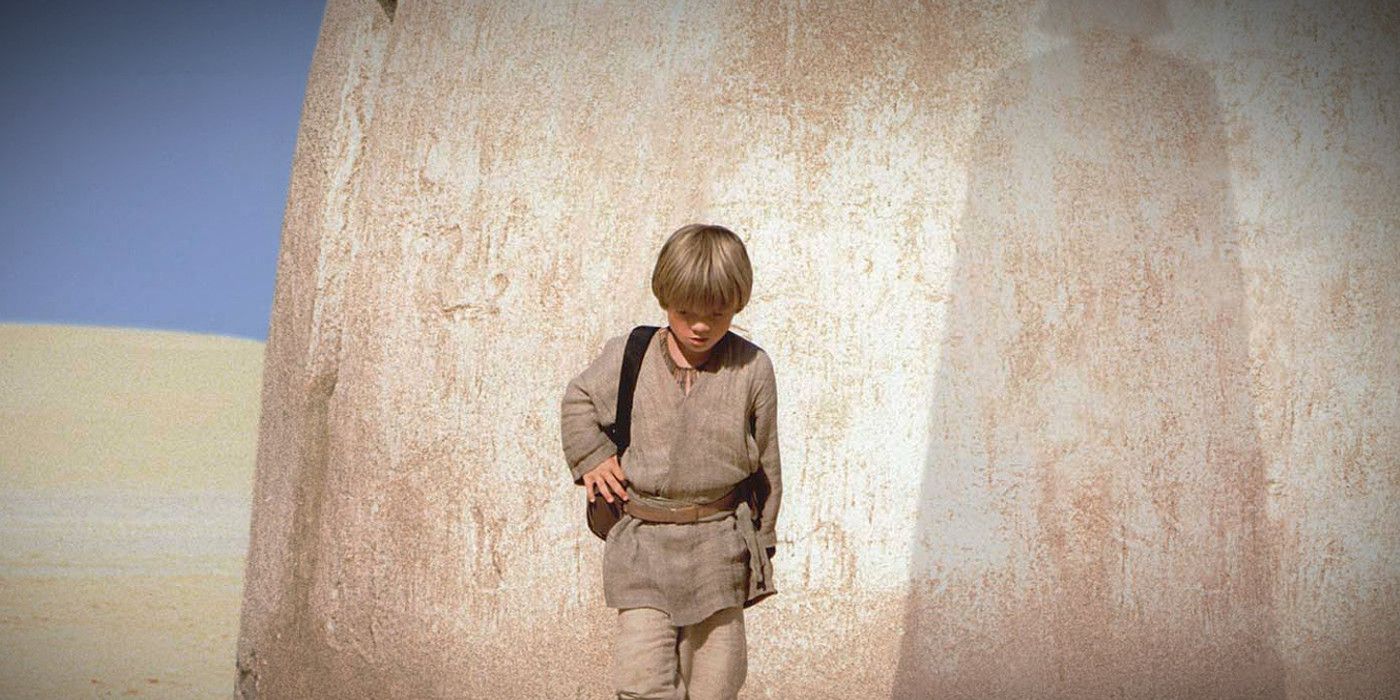
Countless millennia ago, an ancient prophecy - one that potentially predates the entire Jedi Order - foretold the birth of the Chosen One. "A Chosen One shall come," the prophecy reads, "born of no father, and through him will ultimate balance in the Force be restored." The precise circumstances of Anakin Skywalker's birth remain something of a mystery; there's been some speculation he was created as a direct result of Palpatine's experiments with the Force, with Darth Vader once seeing a vision of his pregnant mother overshadowed by Darth Sidious. Lucasfilm has officially rejected this interpretation, however, pointing out the dark side is not a reliable narrator. As far as Lucasfilm is concerned, Anakin was born by the will of the Force, not due to the intervention of the Sith.
Anakin had an incredibly high midichlorian count, exceeding that of even Master Yoda. Had he been born in Republic space, he would have been found by the Jedi when still a baby and inducted into the Order. But the Force had initially chosen to distance Anakin from the Jedi, and instead he grew up as a slave on Tatooine. He was always a strange child, an unusually gifted engineer and mechanic who began constructing his own protocol droid. Anakin became fascinated by podracing, convinced he could somehow win freedom for himself and his mother through the sport. Anakin's strength in the Force meant he already demonstrated the precognitive danger sense allowing a Jedi to swat about blaster bolts, and it manifested in his skillful driving during podracing.
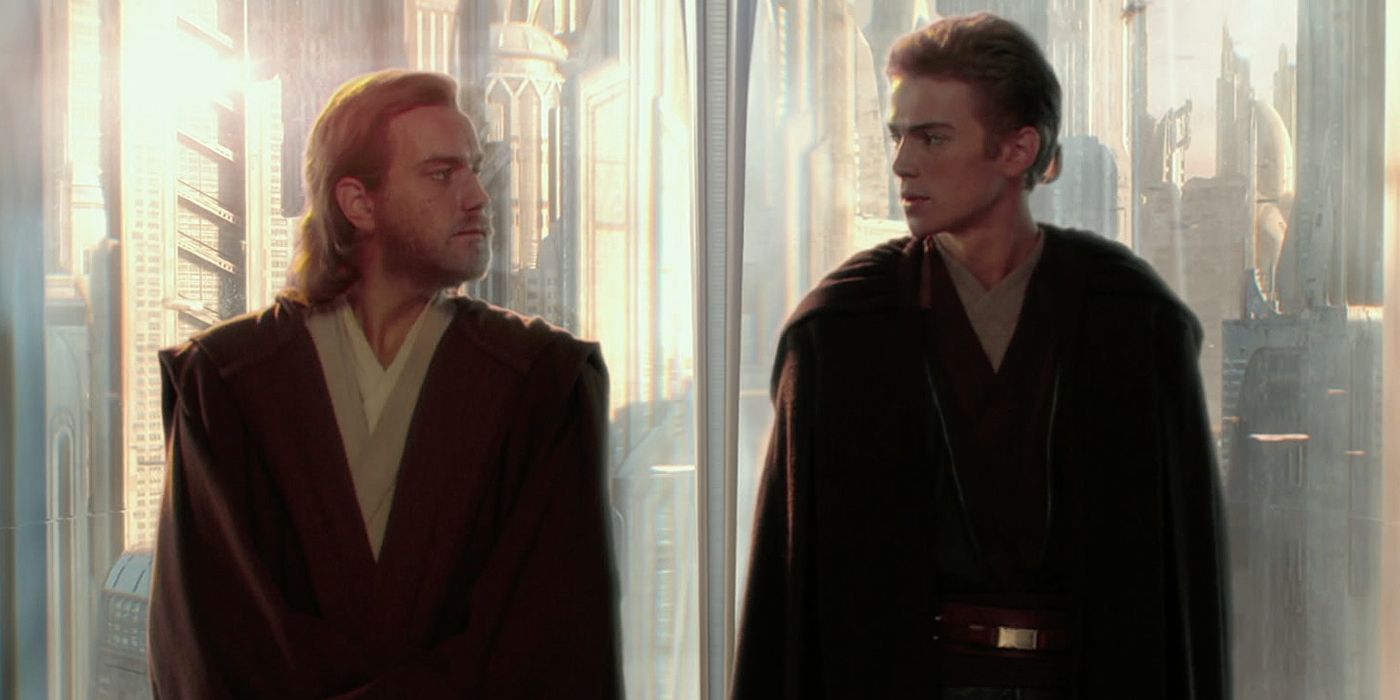
Qui-Gon Jinn discovered the young Anakin Skywalker in Star Wars: Episode I - The Phantom Menace. Qui-Gon was an unusual Jedi, in that he had a deeper understanding of the balance of the Force than any of his contemporaries and had extensively studied the ancient Jedi prophecies. Claudia Gray's novel Master & Apprentice tells a story shortly before The Phantom Menace, in which Qui-Gon recognized several events pertained to the prophecies, and realized he was living in the age when the Chosen One would be born. Thus, when the Jedi Master encountered Anakin on Tatooine, he swiftly deduced who the boy really was. Anakin was freed from slavery to become a Jedi, but he was forced to leave his mother behind. It's reasonable to assume the will of the Force intended Qui-Gon to become a father figure to Anakin, and Qui-Gon would have mentored him regardless of the Council's wishes. But he was cut down too soon by Darth Maul, and instead Anakin was apprenticed to Obi-Wan Kenobi.
Anakin's raw power in the Force meant he flourished, quickly outstripping his fellow Padawans, whom he struggled to connect with. Unfortunately, Obi-Wan was training him out of a sense of duty, not because he believed him to be the Chosen One or because he loved him. Those first few years were difficult, with Obi-Wan leaving Anakin behind on Coruscant rather than taking him on missions, which Anakin took to heart. As seen in Jody Houser's Age of Republic: Obi-Wan Kenobi one-shot, Master Yoda personally intervened to encourage the bond between the two. Shortly after, aged 12, Anakin constructed his first lightsaber, and Palpatine seems to have taken that as an indication it was time to insert himself into the teenager's life. As shown in Charles Soule's Obi-Wan & Anakin miniseries, Palpatine capitalized upon Anakin's need for a father figure and built a firm friendship with him. He began to plant seeds of doubt in Anakin's mind, ensuring he would grow to distrust the Jedi Council.
Star Wars: Episode II - Attack of the Clones is set ten years after the Battle of Naboo, and it reunited Anakin Skywalker with Senator Padmé Amidala. They soon found themselves caught up in the beginning of the Clone Wars, and a personal tragedy - the death of Anakin's mother Shmi - pushed them closer together. The two began a secret relationship, a forbidden romance, and married on Naboo in a ceremony they hid from their friends. Anakin Skywalker was thus at his most unstable, but so was the galaxy, and he was knighted to participate in the Clone Wars - probably well before he was actually ready. He took an apprentice of his own Ahsoka Tano; although they clashed at first, the Master-Padawan bond between the two was forged in fire. Anakin became a legendary hero during the Clone Wars, his countless acts of heroism detailed by Star Wars: The Clone Wars and some tie-in novels, such as Timothy Zahn's Thrawn: Alliances.
As the Clone Wars progressed, Anakin became more and more dissatisfied with the Jedi Council, losing almost all trust in them when Ahsoka was forced out of the order. Manipulated by Palpatine, he became convinced the galaxy needed a firm, strong ruler, and force of arms and dominance were necessary. Though Anakin and Padmé loved one another, their political differences led to frequent arguments, and Anakin became increasingly isolated on both an emotional and philosophical level. He was easy prey for Palpatine, who toyed with him like a cat with a mouse. All this culminated in Star Wars: Episode III - Revenge of the Sith, when fear of Padmé's death left Anakin wide open to the dark side. He became Palpatine's apprentice, christened Darth Vader, and turned against the Jedi. In a tragic twist, this cost Anakin everything he had labored so hard for; he killed Padmé in his rage, before being cut down by Obi-Wan in a fateful duel on Mustafar. Palpatine replaced his lost limbs with mechanical ones, and Darth Vader emerged from the shadows as a major figure in the new Empire.
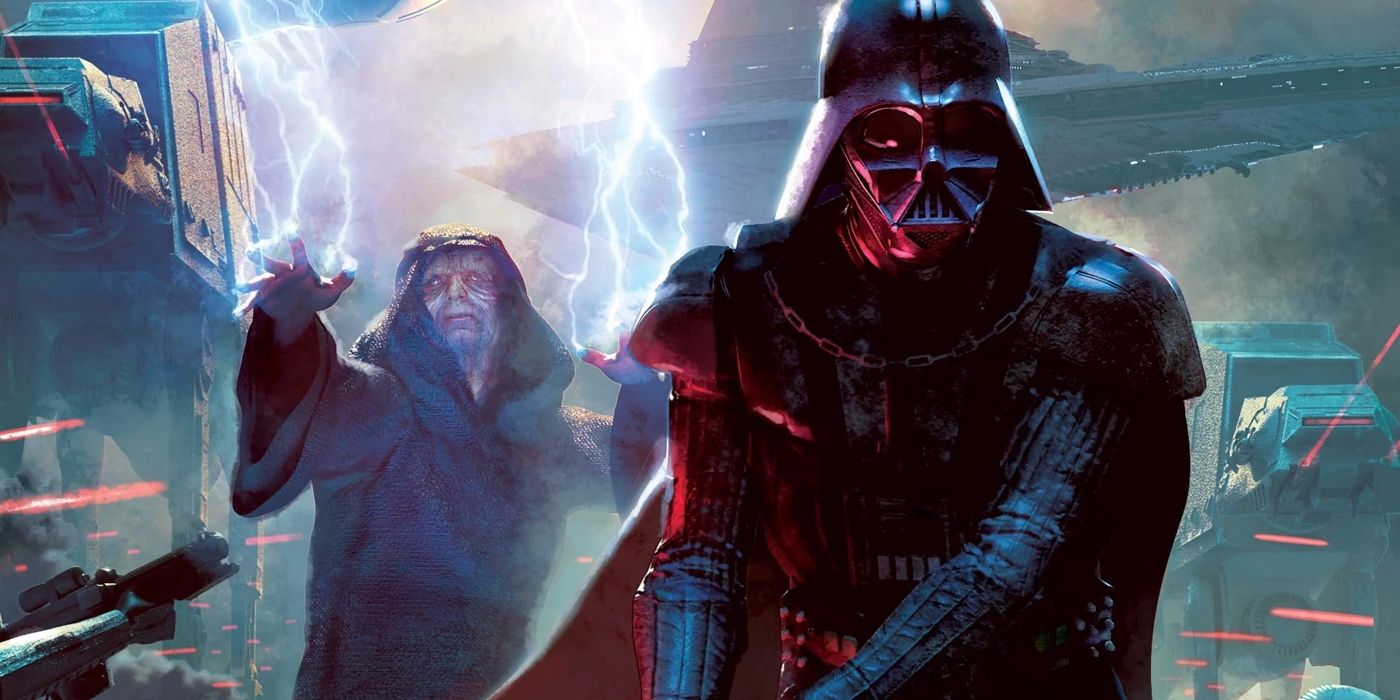
Palpatine feared Darth Vader's potential would be wasted because of his defeat and the loss of his limbs; thus he orchestrated a number of key tests for his apprentice, in order to truly get a measure of the man. To the Emperor's delight, Vader's injuries caused him to turn inwards, and according to Paul S. Kemp's Lords of the Sith Vader became more powerful than ever before. As detailed in Charles Soule's second Darth Vader series, Palpatine placed the Sith Lord in command of a team of "Inquisitors" to pursue Jedi survivors across the galaxy. He then sent Darth Vader to Mustafar, commanding him to make his home there. It wasn't just an act of torture; the Emperor knew Mustafar was a powerful nexus of the dark side and believed it was the perfect place for Darth Vader to grow in his power.
Believing he had lost everything he cared about, Darth Vader committed himself to the Empire. He earned the admiration and respect of the Imperial Stormtroopers and pilots, because - unlike many leaders - he led from the front. Vader didn't agree with everything the Empire did; he had utter disdain for the Death Star project, and in fact in 2018's Darth Vader annual he took subtle steps to sabotage its production, helping ensure Galen Erso realize his research was being abused. Still, he had respect for Grand Moff Tarkin, who he had worked with before during the Clone Wars. The two became firm allies, and according to James Luceno's novel Tarkin the Grand Moff was one of the few to realize Darth Vader was really Anakin Skywalker. Various tie-ins have chronicled some of the atrocities Darth Vader committed alongside Tarkin and other Imperial leaders, on worlds as diverse as Mon Cala, Namzor, and Batu. He kidnapped Force-sensitive children for mysterious reasons still not fully revealed, suggesting there are parts of Darth Vader's story yet to be told.
For all his dark deeds, though, Darth Vader was unable to forget his past. Padmé would never have loved the man he had become, and yet Vader still sought to resurrect her. In the Vader Immortal game he came up with a strategy that would have sacrificed the entire planet of Mustafar to do so, but he was thwarted. Shortly after, Vader learned Anakin Skywalker's former Padawan Ahsoka was still alive. They dueled in Star Wars Rebels, Ahsoka realizing who Vader really was, and she only survived the encounter thanks to the intervention of Ezra, who had stumbled into the World Between the Worlds. Tie-ins suggest that, at some point around this time, Palpatine discovered the long-lost Sith redoubt of Exegol seen in Star Wars: The Rise of Skywalker. Darth Vader was given one of two precious Sith Wayfinders, and he concealed his on Mustafar.
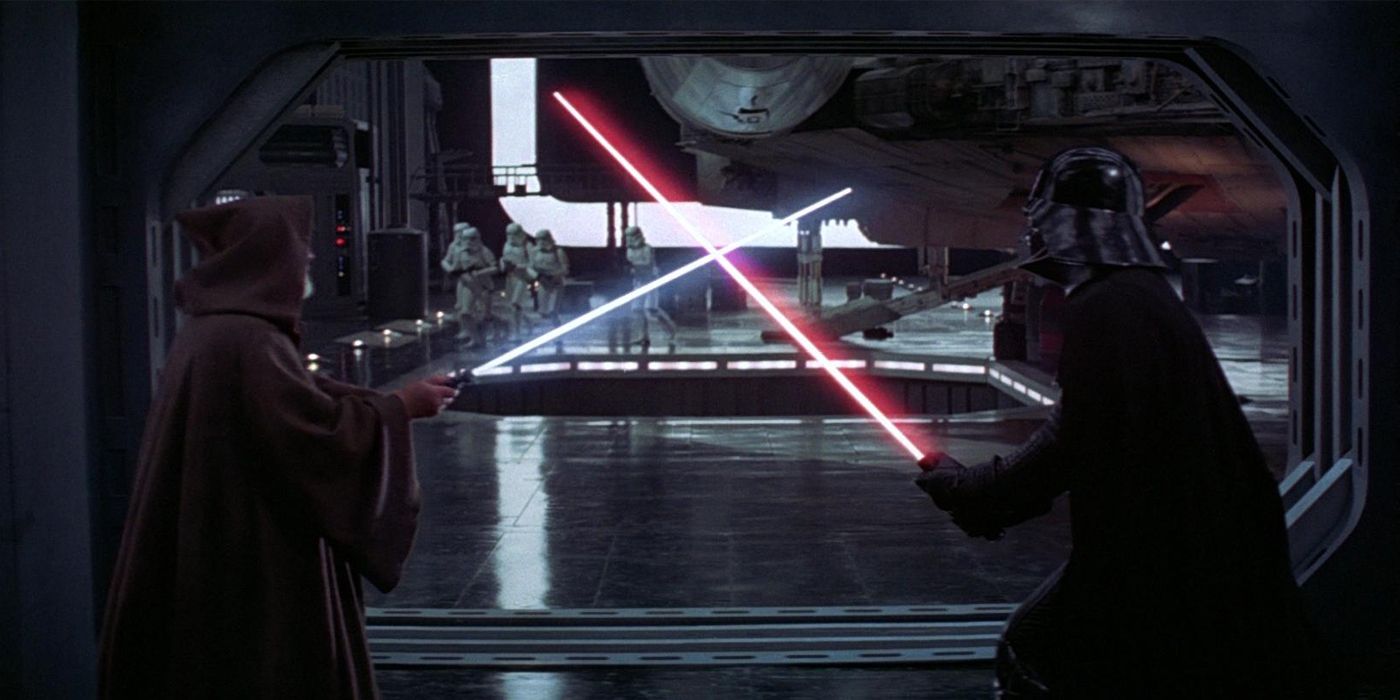
Moving into the original trilogy era, the Death Star plans were stolen in Rogue One: A Star Wars Story, in spite of Darth Vader's personal intervention. This instigated the events of the first Star Wars film, with Princess Leia sending the Death Star plans to Obi-Wan Kenobi. Vader became the unwilling defender of the Death Star, finally killing Obi-Wan Kenobi in a duel and then leading TIE Squadrons to defend it against Rebel attackers during the Battle of Yavin. He failed, and the Death Star was destroyed. Vader sensed it had been done by a pilot who was strong in the Force, and in Charles Soule's Darth Vader series he learned this was a Skywalker. Suddenly Vader realized he had a son, born before Padmé died. Newfound ambition began to burn within Darth Vader's chest, as he considered becoming Emperor himself, with Luke as his Apprentice. He divided his time between regaining the Emperor's favor and finding his son. The Emperor watched from afar, pleased at the Machiavellian lengths his apprentice was going to. Treachery, after all, is the way of the Sith.
Three years after the Battle of Yavin, Darth Vader tracked down the Rebels on the planet Hoth. He led a decisive attack, scattering the Rebels, as shown in The Empire Strikes Back and then engineered a trap to draw Luke into his clutches. It's telling Vader took advantage of Luke's attachments in order to do so, the very same weakness Palpatine had used to manipulate Anakin Skywalker into falling to the dark side. Finally, Vader revealed the truth to Luke: he was Luke's father. Vader was playing a dangerous game, risking everything in a gamble against Palpatine himself, but ambition and a stirring love and even pride for Luke's successes proved a potent combination. Luke escaped, and Darth Vader began a new quest to learn the truth about what had happened to Padmé in her final hours; this is being detailed in Marvel's current, third Darth Vader series.
Darth Vader did not know it, but his Master was beginning to doubt him. According to the junior novelization of Star Wars: The Rise of Skywalker, the Emperor sensed the conflict in Darth Vader's heart. It's reasonable to assume this was when Palpatine began to prepare his contingency, intended to cause the Empire to collapse in the event Vader claimed his throne. Meanwhile, this appears to be when Palpatine had a clone body created on Exegol, intending to transfer his spirit there should he be slain. Reasonably confident his plans were in place, the Emperor then orchestrated a final confrontation.
The Emperor allowed the Rebel Alliance to learn of the construction of the Second Death Star, but the Rebels had no idea the battle station was actually operation. This led to the climactic events of Return of the Jedi, in which Luke Skywalker participated in an attack on the base's defensive force shield on Endor, before surrendering himself because he feared he could be tracked with the Force. Palpatine had Darth Vader and his son face off against one another in his throne room on the Death Star, taking a mighty gamble. He intended to seduce Luke to the dark side as he had his father before him, potentially seeing Luke as a worthy vessel for his spirit. Luke's faith in his father successfully reached the goodness that lay buried in the heart of Darth Vader, though, and the Sith Apprentice betrayed his Master. This redemptive act came at a great cost because Vader was blasted with the Emperor's lightning and died in his son's arms.
In the end, Anakin Skywalker fulfilled his destiny as the Chosen One, bringing balance to the Force when he killed Palpatine. It's true this balance was only temporary, but tie-ins have since suggested that is the nature of balance. Greg Rucka's novel Guardians of the Whills contains the best quote defining balance, suggesting Anakin's achievement should be honored in spite of the fact it did not endure:
"The moment between breaths
Is the balance of the Force.
Between life and death,
Rest and action,
Serenity and passion,
Hope and despair."
According to this, balance is a fleeting thing, as ephemeral as "the moment between breaths." But the legacy of Anakin Skywalker would live on: a legacy of heroes who sought balance, who chose it time and again, as Rey eventually chose to become a Skywalker decades later. The evil of Darth Vader will never be forgotten in Star Wars, but he will always be celebrated for his final act of redemption.
from ScreenRant - Feed https://ift.tt/374FrL4

No comments: